3 Ways to Identify and Open File With No Extension in Windows 10/11 Gadgets To Use
Windows 10 Guide How to Show File Extensions in the File Explorer

If a file does not have an extension, then the only way to determine its type is the contents of this file. You can try adding different extensions to the file name and try to open the programs that match the extension - this option is slow and ineffective. Certain types of binary files can have the same set of bytes - these bytes can be.
How To Find Out The File Type Northernpossession24
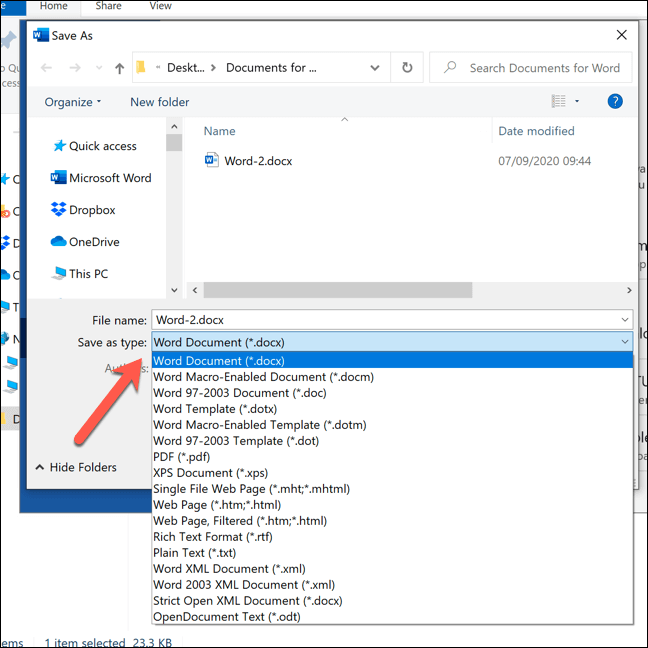
Here is a simple way to identify unknown file types in Windows. TrID is a free-to-use application designed to identify unknown file types from their binary signatures. TrID is a one-of-its-kind.
How can I determine file type without an extension on Windows? Super User Data meaning, Data

Once I unzipped the .gz file I actually got a .tar file, so it was really originally a .tar.gz file. I then extracted the .tar file to find a SQL script with a .sql extension and a JSON file with no extension. Except that the SQL script wasn't actually a SQL script, but another .gz file containing the actual .sql file. Ha ha. -
3 Ways to Identify and Open File With No Extension in Windows 10/11 Gadgets To Use

If you use WinRAR, do this by selecting all files, selecting Extract To from the top, selecting a location to extract files, and selecting OK. Navigate to the folder where you extracted the files and run droid.bat, which will launch DROID. Select Add from the top to add your file (s). Select the files with no extension and select OK.
Get File Name Without Extension in Python Quick and Easy Solution

Files are either binary or ascii. Common ascii files would be simple text or more complicated formatted text such as PDF or XML. Common binary files are images (jpeg, gif, png) or compressed files. But the file formats can be layered, such as DOCX or PPTX. These are a collection of ascii XML files in a zip archive which makes it a binary file.
How to Show File Extensions in Windows 10 (2 Methods)
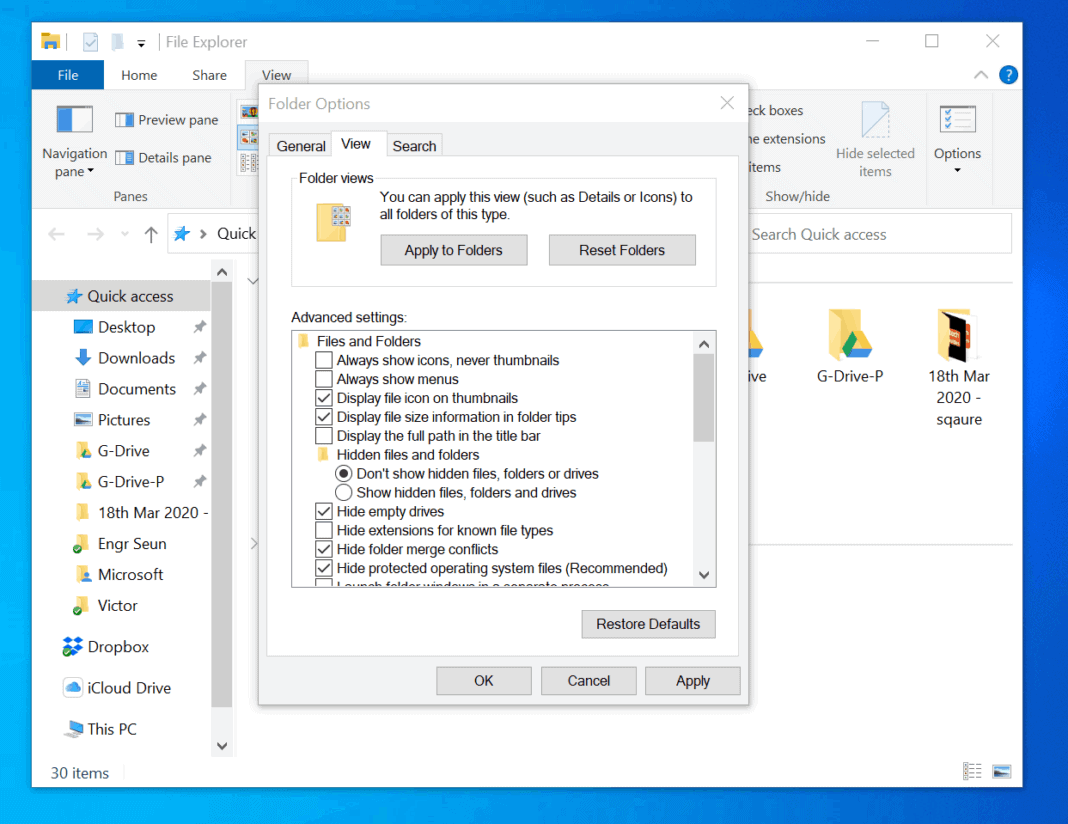
Just select the " Current Folder " option thru the GUI " Search " tab. or. kind:= -folder type:= -[] extension:= [] folder:"C:\folder\path". You can use a for /f loop iterating the output of a dir command with the /B and /A-D parameters, and then use some conditional if logic to only output files without any extensions using substitutions for.
How to Change or Remove File Extension in Windows 11
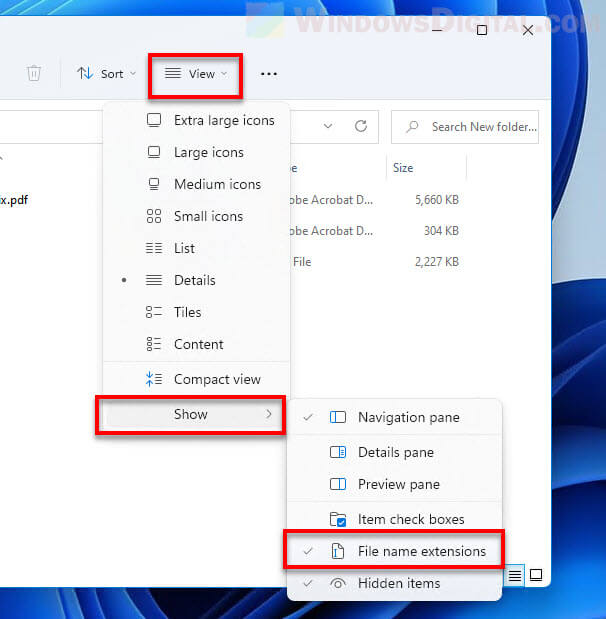
A modern approach that may appeal is to use Git for Windows. Run git-bash.exe and run the command file path\to\file. An example output might be: TestFile.ico: MS Windows icon resource - 1 icon, 128x128, 32 bits/pixel. Alternatively, use the command file -i path\to\file, which might give: TestFile.ico: image/vnd.microsoft.icon; charset=binary.
3 Ways to Identify and Open File With No Extension in Windows 10/11 Gadgets To Use

Use File Explorer App to Determine Presence of No Extension File. Open the File Explorer app on your Windows 10/11 system and navigate to the directory where your unidentified file is located. Click on the View button.; Next, choose the Details view from the list of available view options.; You can now view the details of all the files present inside the opened directory including their type.
identify the file type without extension when opening a void or creating · Issue 109718
Summary: Use Windows PowerShell to identify files that do not have an extension. How can I use Windows PowerShell to easily identify files that do not have an extension? Use the HasExtension static method from the System.IO.Path .NET Framework class, for example: [System.IO.Path]::hasExtension ("C:\fso\FileWithOutExtension")
How do I find out the file type without any Program ManaPC
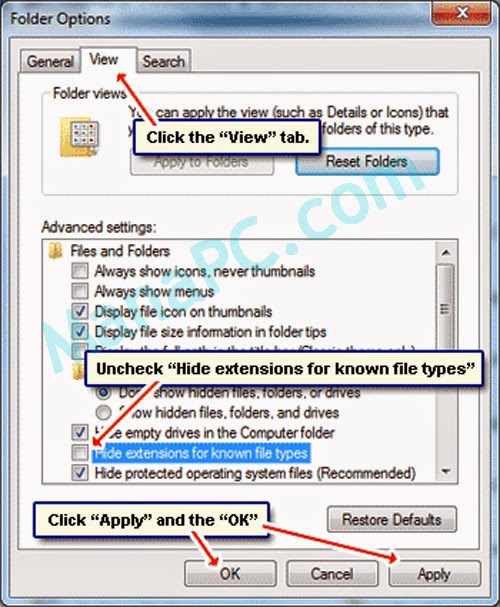
5. You haven't said what OS your on. If its a *nix based one then there is a python wrapper (that uses ctypes) around libmagic which uses the same underlying mechanism as the file command which can identify files without extensions by examining the contents. Alternately just examine how libmagic uses the file definitions and just work out how.
Find files without extensions in their names
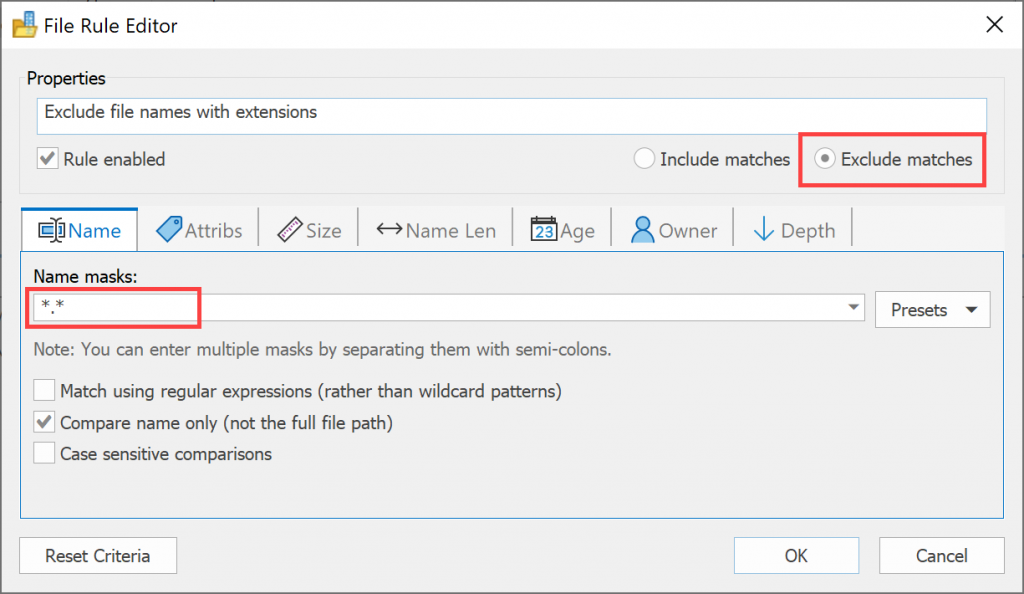
From the man page: File tests each argument in an attempt to classify it. There are three sets of tests, performed in this order: filesystem tests, magic number tests, and language tests. The first test that succeeds causes the file type to be printed. You would need to run the file command with the subprocess module and then parse the results.
[How To] Identify File Types in Windows YouTube

use file -b --mime-type. But this command output x-python and x-shellscript instead of python and bash and I don't know the rules. use vim -e -c 'echo &ft|q' the_file. For any file with or without file extension, vim has a mechanism to guess the file type. But it doesn't work. Since the output goes to the vim window and disappears after q.
How to identify a file type without extension in Windows? YouTube

Detect a File Type. This online application inspects a file signature and classifies it according its content. The file description, its size and MIME type will be shown. All files processed by your computer/device. More than one hundred file types supported. If several files selected, only the first one is processed.
From DOCX to PDF The Most Popular File Types for Documents TechSagar

2. I've used TRID and the file command, which can identify a file type if there is a magic number in the file, before in such cases, but if they can't identify the file format, another option is to look for strings in a file that may allow you to identify the type of file or application that created it. E.g., you might find a text string in the.
How can I determine file type without an extension on Windows? (5 Solutions!!) YouTube

For example, a png file can give results like "PNG image data, 262 x 296, 8-bit/color RGBA, non-interlaced". This gives the type fo the file, the pixel sizes, color bits, and whether it is interlaced. In additon to the file type and suggested extensions we also give the MIME Type as a convenience to those who need it for their programs.
File Type Technology Glossary Definitions G2
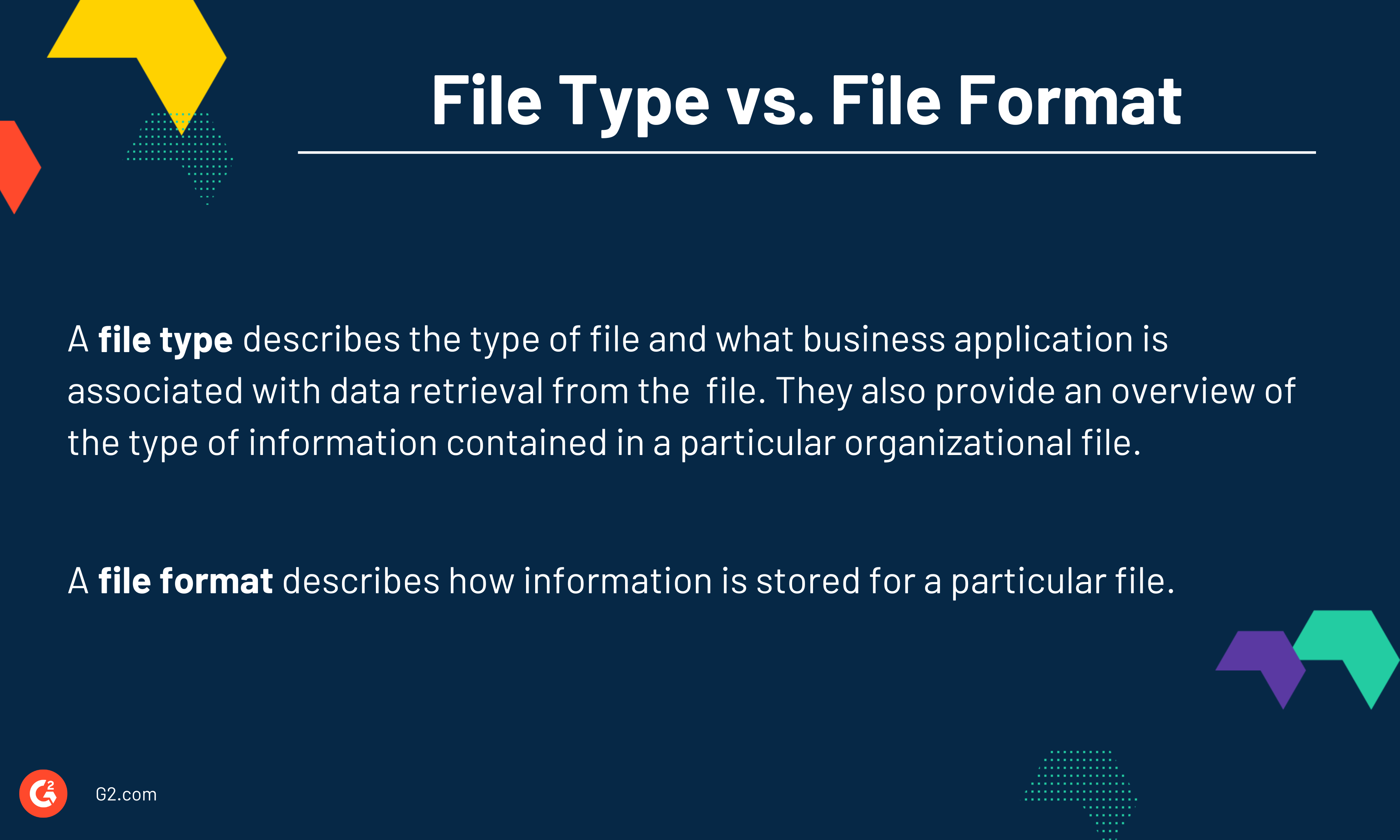
In PowerShell, run this command as ./file.exe